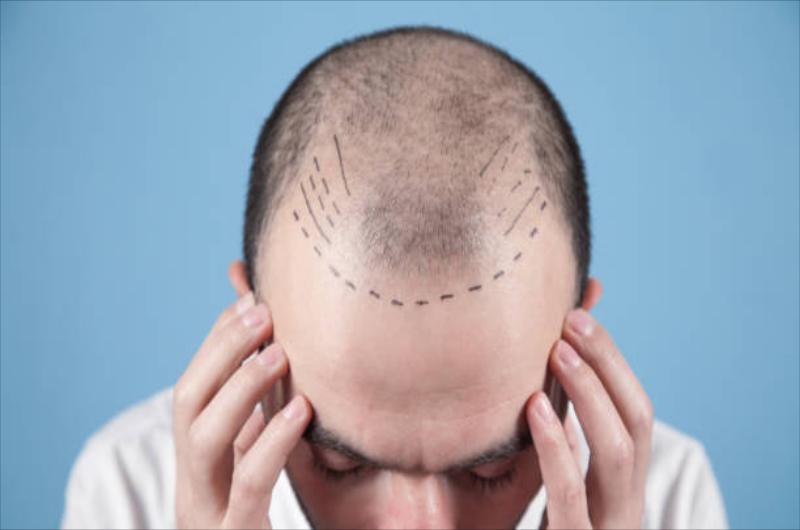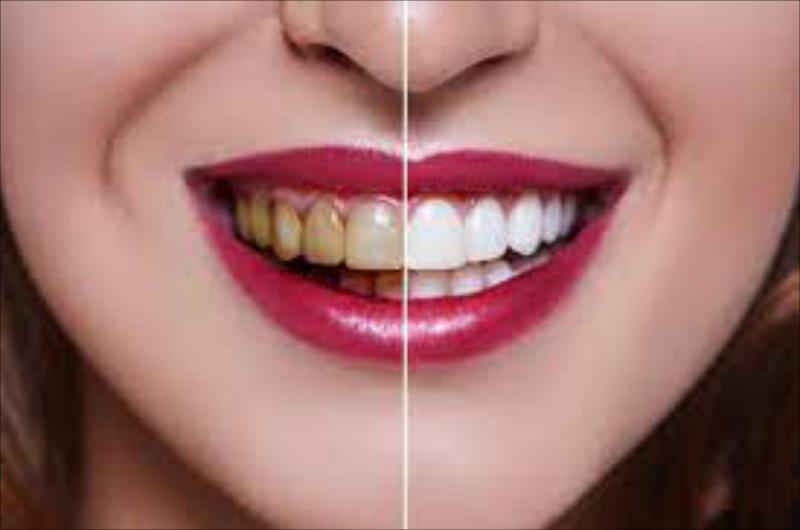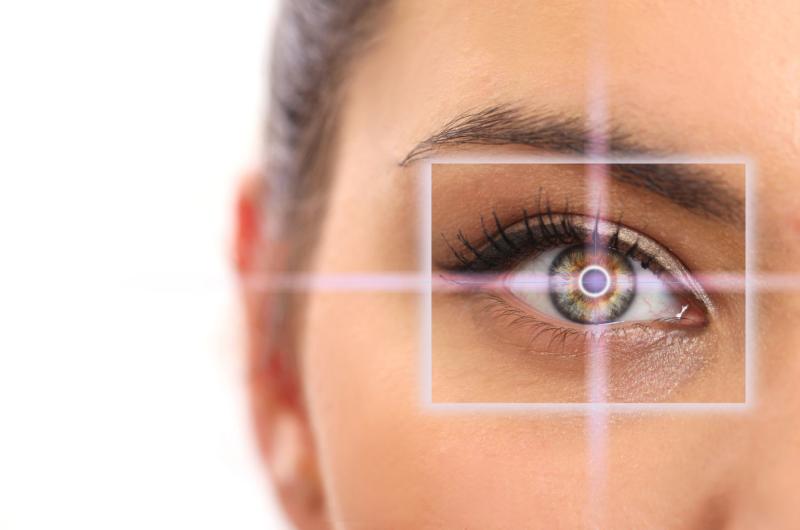About Treatment
Surgery to correct strabismus is performed on the eye muscles. The human eye is controlled by 6 muscles - 4 rectus and 2 oblique. Depending on the type of strabismus (horizontal, vertical, paralytic or their combination), an individual tactics of surgical treatment is developed. It can include changing the place of attachment of the oculomotor muscles, shortening (cutting) a muscle, and transplanting part of one muscle to another. It is carried out in one day mode under local drip anesthesia in adults and under anesthesia in children.
Types of operations
The essence of correcting strabismus in adults and children is to correct the tension of the muscle fiber: too long must be shortened, too short must be lengthened. In this regard, the following types of operations can be carried out:
Suturing the oculomotor muscle to the sclera or tendon. As a result of the transfer of the "attachment" back, the action of the oculomotor muscle is weakened, but if the fixation of the muscle is shifted forward, the muscle more actively tightens the eyeball.
Myectomy - the muscle is trimmed but no stitches are applied.
Resection of part of the muscle - during the operation, the doctor removes the excess part of the muscle fiber, which causes the eye to deviate from the central focus.
The shortened muscle takes on an enhanced effect.
Folds on the muscle - this option allows you to adjust the tension after surgery by adding or reducing folds (adjustable sutures).
Strabismus surgery progress
During surgery, it is important to ensure the absolute immobility of the eye muscles. For adults, the operation can be performed under local anesthesia, for children - mainly under general anesthesia.
A mask with eye slits is applied to patient's face.
The eyelids are secured with spacers.
An incision in the sclera opens up access to the eye muscles.
The muscle length is corrected by incision or suturing.
Suture application.
With severe strabismus, doctors may decide whether a step-by-step surgical treatment is necessary.
Postoperative period
In the first few days after surgery to correct strabismus, the eye may hurt, look reddened, and a little swollen. Deterioration of visual ability during this period is also considered the norm.
Depending on the type of activity, the patient can start working 2-3 days after the operation, or be on sick leave for 2 weeks. After the operation, it is important to observe a regime that is gentle on the eyes: avoid being in dusty rooms, reduce physical activity, temporarily refuse to swim in the pool. During the rehabilitation period after strabismus correction surgery in children, they are issued exemption from physical education lessons for at least 6 months.
Possible complications after surgery
Immediately after the operation, patient may have double vision, but this is a temporary phenomenon that disappears within 2-3 days.
Soreness when moving the eyeballs, swelling and redness of the conjunctiva in the suture area in the first 2-3 weeks after surgery.
It is important to understand that surgery to correct strabismus involves exposure only to the extraocular muscles, without the risk of damaging the deep-lying parts - the lens or retina. Strabismus surgery is virtually uncomplicated. As a rule, long-term complex step-by-step treatment is required - pleoptic, orthopto-diploptic, and in some cases repeated surgical treatment to achieve the desired result.










